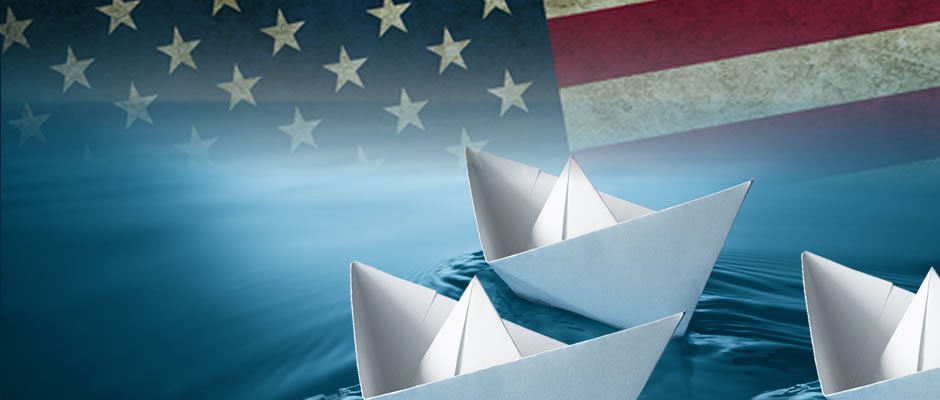Columbus Day

History of Columbus Day
Columbus’ voyages across the Atlantic Ocean initiated the European exploration and colonization of the Americas.
While the first voyage in 1492 was immensely significant, Columbus did not actually reach the American mainland until his third voyage in 1498.
Instead, while trying to find a sea route to India, he made landfall on an island in the Bahamas that he named San Salvador.
Did you know?
It is now generally accepted that Columbus was not the earliest European explorer to reach the Americas and that Viking sailors had ventured as far as Newfoundland around 1000 AD.
While there had been celebrations in 1792 to mark the 300th anniversary, Columbus Day was first officially proclaimed by President Benjamin Harrison in 1892, to mark the 400th anniversary of Columbus’ landing in the Bahamas.
Colorado was the first US state to make Columbus Day an official holiday and Franklin Roosevelt established the first federal observance of Columbus Day in 1937. Since 1971, the holiday has been celebrated on the second Monday in October.
Which states observe Columbus Day?
Columbus Day is no longer observed in every state.
Even if a state observes Columbus Day as a holiday, some state offices may be still be open.
In addition to a state level, in many cities the day is now celebrated as Native Americans’ Day or Indigenous People’s Day.
How is Columbus Day celebrated?
The largest celebration of Columbus Day is in New York City, which hosts a huge parade. Communities with large Italian American populations may hold special Columbus Day festivities.
Source: www.officeholidays.com
